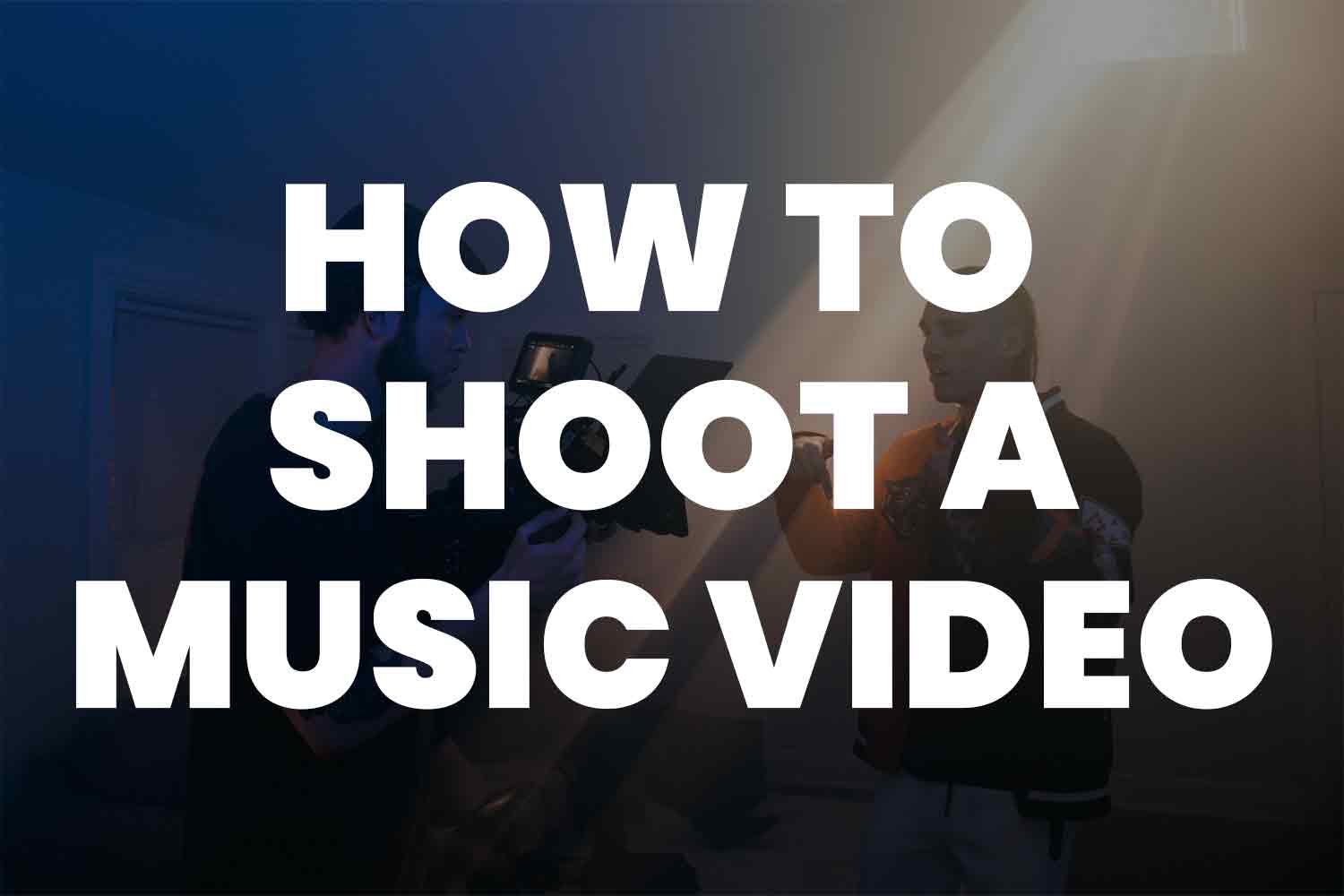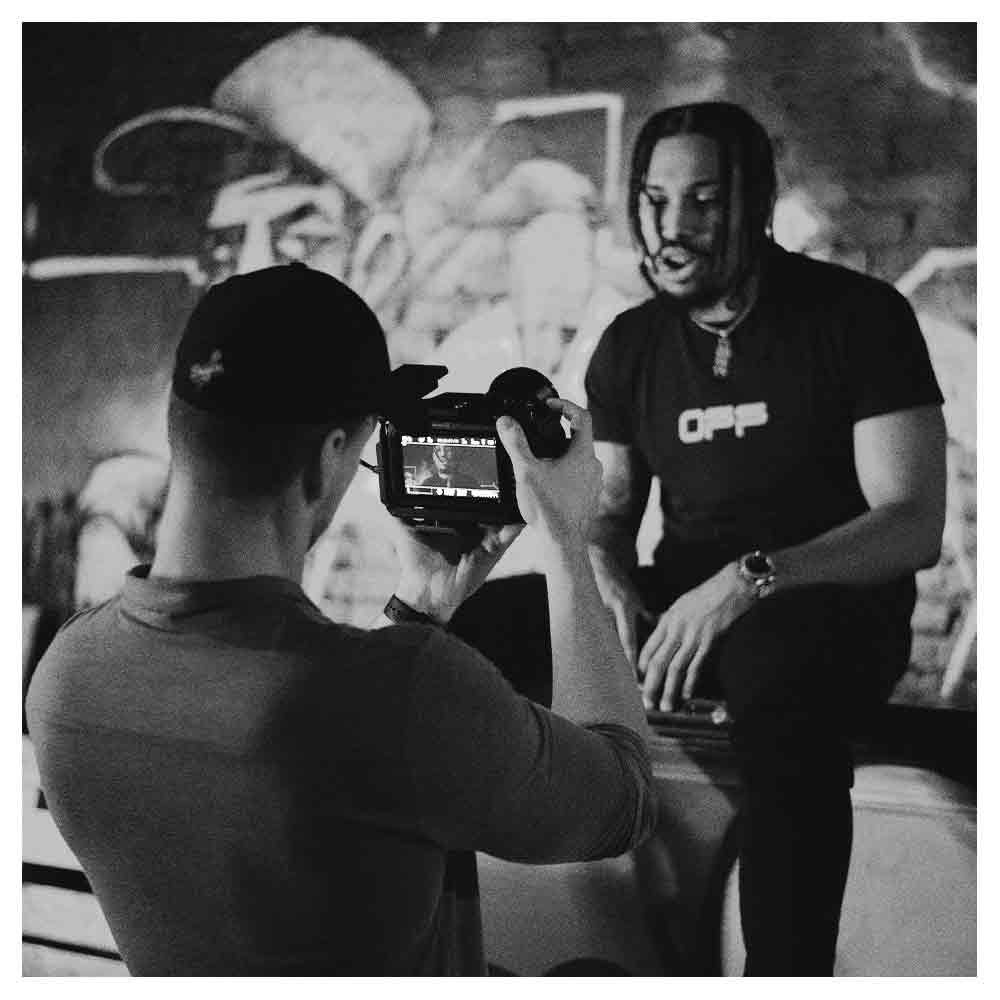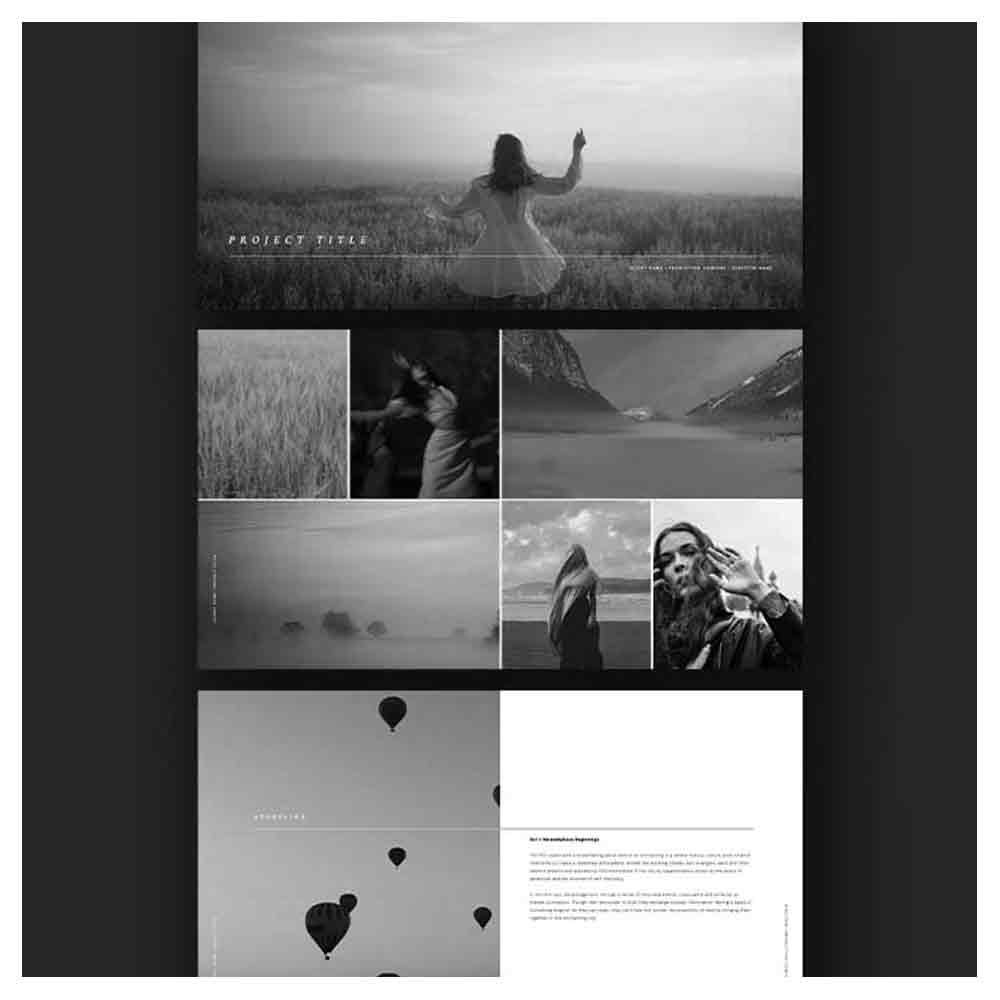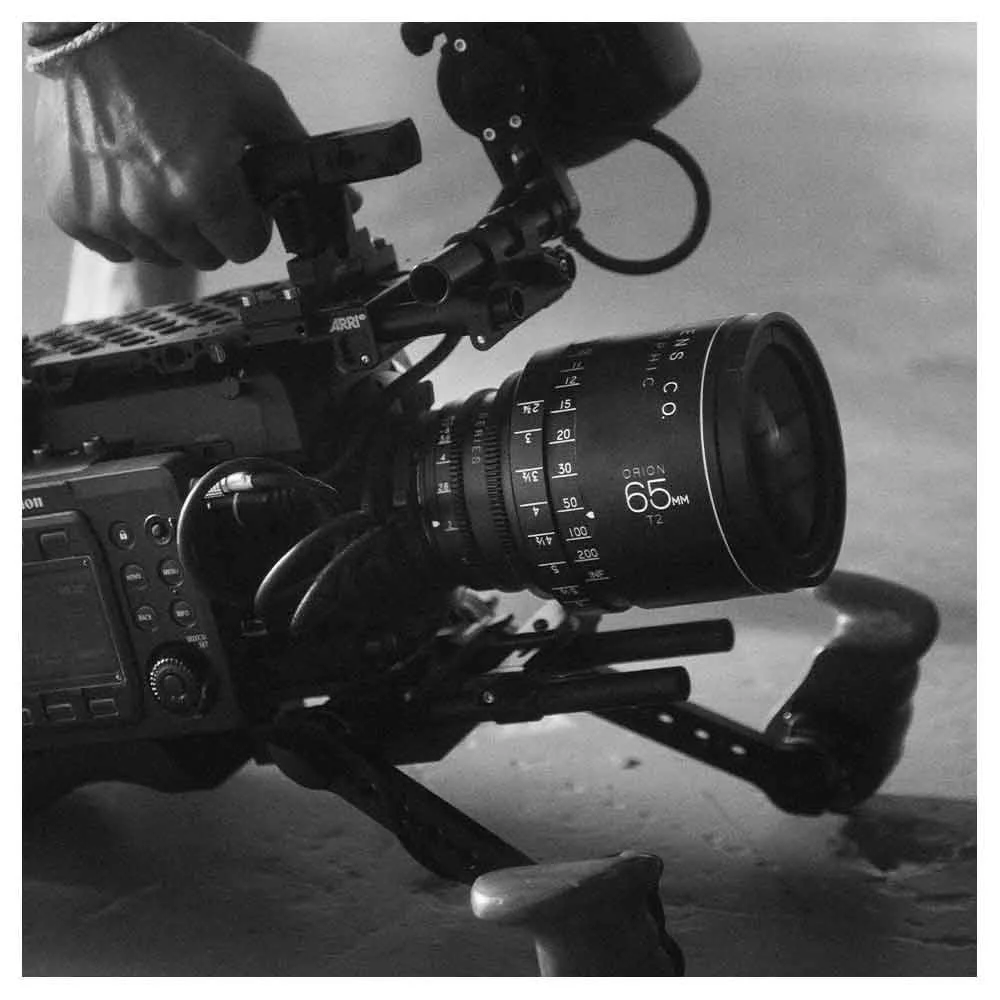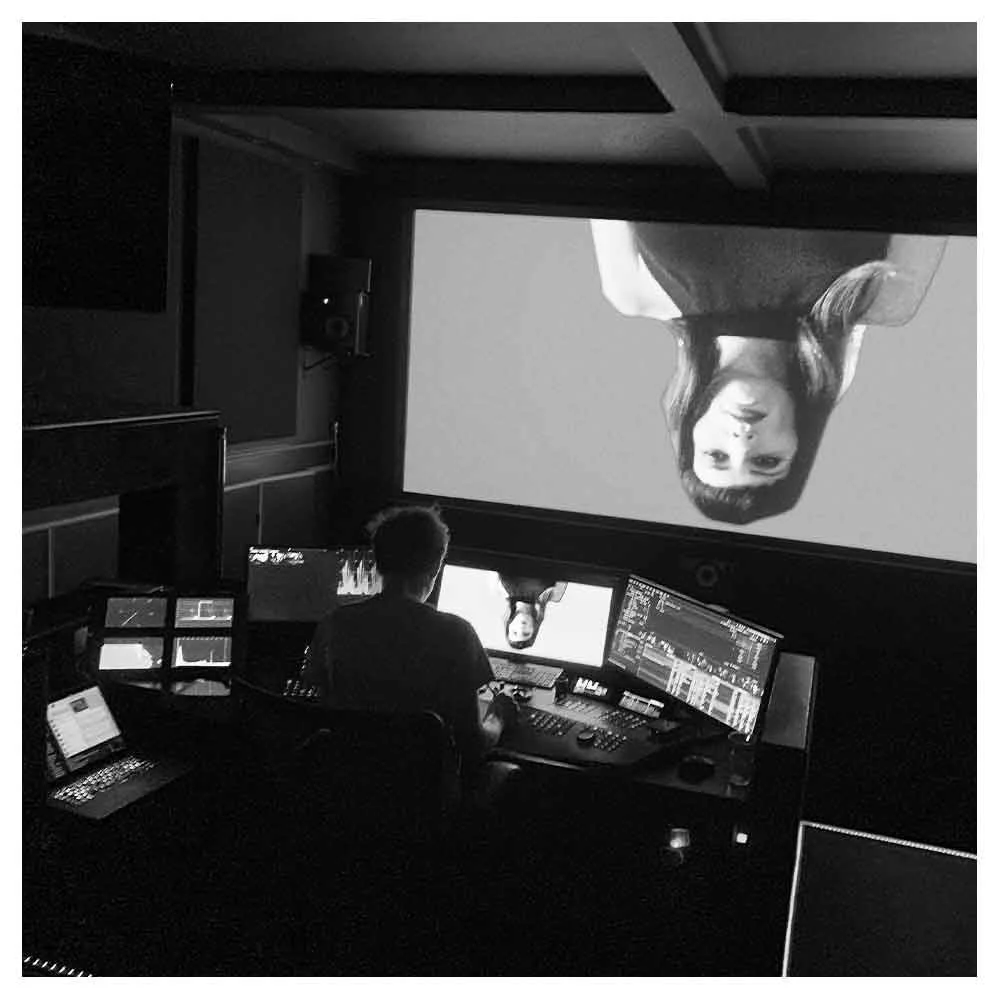How To Shoot A Music Video? 9 Quick Tips For Filming Artists
Music videos have always been an essential part of the music industry. From Michael Jackson's groundbreaking "Thriller" to Beyoncé's visual album, "Lemonade," these short films have the power to capture an audience's attention and propel an artist's career to new heights.
In recent years, with the rise of social media, music videos have become even more important for musicians to promote their brand, showcase their creative abilities, connect with their fans, and expand an artist's fan base.
If you're a filmmaker or music video director looking to create a captivating music video with an artist, you're in the right place.
In this short step-by-step guide, I'll share a few quick tips for filming music videos to help you produce visually stunning and engaging content.
Let's dive in!
How to shoot a music video?
Tip 1 — Emphasize storytelling and concept
A strong narrative or concept can make a music video memorable and engaging. Work with the artist to develop a compelling story idea that ties into the song's lyrics and themes. This approach adds depth to the visuals and offers fans a fresh perspective on the track.
Consider incorporating symbolic elements, visual metaphors, or a nonlinear narrative structure to create a thought-provoking and captivating music video.
Once you’ve found a great music video idea, wrap your vision in a music video treatment to sell your narrative to the artist, management, and music label.
Tip 2 — Use the artist’s make-up and hair artists
An artist's visual identity is just as important as their music. That's why working closely with the artist's make-up, and hair team is crucial to ensure a cohesive and polished look.
Using the artist's preferred production team ensures they feel comfortable and confident in front of the camera.
Additionally, these professionals know the artist's style, preferences, and what lighting setup works best for them, ultimately saving time and ensuring a smoother shoot.
Tip 3 — Don’t direct a performance, create a collaboration
Remember, music videos are a visual extension of the artist's work, so involving them in the creative process is crucial.
Instead of dictating every aspect of the performance, encourage collaboration and communication with the artist.
Discuss the music video concept, storyboard, and vision for the video. Listen to their input and make adjustments accordingly.
This approach makes the artist feel valued and ensures that the final product aligns with their artistic vision.
Tip 4 — Keep the camera moving
Dynamic camera movement can make a music video more visually engaging and exciting. Experiment with techniques like handheld shots, Steadicam, sliders, and cranes to create various looks and perspectives.
This approach adds depth, creates visual interest, and helps tell the story more effectively. Remember that movement should be purposeful and not overused, as excessive or unnecessary motion can distract from the artist's performance.
Tip 5 — Use lighting to set the mood
Lighting plays a critical role in setting the tone and atmosphere for a music video. Collaborate with a skilled gaffer to create the desired mood that complements the song's emotion and theme.
Experiment with different lighting setups, color temperatures, and shadows to evoke feelings and enhance visual storytelling.
If you don’t have the financial tools to hire external crew members, this blog article might contain a few music video production tips for filmmaking on a shoestring budget to help you get your low-budget music video off the ground!
Tip 6 — Capture B-roll and behind-the-scenes footage
Including B-roll and behind-the-scenes footage can add variety and depth to your music video. This additional content can be used to create teasers, promotional materials, or even an engaging behind-the-scenes video for fans (and your business's social media).
Capture candid moments, interesting locations, and artistic details that can be used to supplement the main performance footage.
This approach not only enriches the visual narrative but also provides valuable content for marketing purposes.
Tip 7 — Be prepared for the unexpected
Like any film production, unexpected challenges can arise during a music video shoot. Whether it's a sudden change in weather, technical issues, or last-minute creative changes, it's essential to remain flexible and adapt.
Always have a backup plan, and keep your film crew well-informed and prepared for potential changes. Embracing the unexpected can sometimes lead to surprising and captivating results.
Tip 8 — Make it a fun experience
A music video shoot can be a long and exhausting process. To maintain high energy levels and keep everyone motivated, strive to make the experience enjoyable for the artist and the crew.
Encourage a relaxed atmosphere by incorporating breaks and refreshments and engaging in light-hearted conversation.
When the artist feels comfortable, and at ease, they're more likely to deliver a captivating and authentic performance.
Tip 9 — Promote and share the final product
After completing the music video, developing a marketing strategy is essential to ensure it reaches the widest audience possible.
Collaborate with the artist, their management, and the label to create a promotional plan, including social media, streaming platforms, and press outreach.
Consider releasing teasers, behind-the-scenes content, and promotional images to build anticipation for the video's release. The more buzz you generate, the higher the chances of your music video becoming a hit.
Conclusion
Filming a music video with an artist can be an exciting and rewarding experience. By following these ten quick tips, you'll be well on your way to creating a captivating and memorable visual that showcases the artist's talent and resonates with fans.
Remember, collaboration, communication, and creativity are key to producing a successful music video that stands out in today's competitive landscape. So grab your camera, team up with your favorite artist, and start bringing their music to life!
Frequently Asked Questions About How To Shoot A Music video (FAQs)
What is a music video?
A music video is a short film that accompanies a piece of music, typically featuring the artist performing the song or other related visuals that interpret the song's lyrics and mood.
What are the steps involved in shooting music videos?
Making music videos includes pre-production planning, scouting locations, selecting talent, casting actors and extras, choreographing dance moves, choosing the right camera and lighting equipment, and post-production editing and special effects.
What is scouting locations for music videos?
Scouting locations for a music video involves finding the perfect location(s) that best fit the concept of the video and the artist's vision. This can include indoor or outdoor spaces, public or private locations, or building custom sets in one location.
What camera and lighting equipment should I use for a music video?
The camera and lighting equipment you use for a music video will depend on the concept, location, and budget.
Choosing equipment that captures high-quality footage and can handle different lighting conditions is essential. Depending on the shoot's complexity, you may need to rent or purchase additional equipment, such as stabilizers, cranes, or drones.
What is post-production editing for a music video?
Post-production editing for a music video involves selecting the best video footage from all the shots, editing the video to match the song's timing and mood, adding special effects or animations, and color grading to create a final product that is visually appealing and tells a cohesive story.
How long does it take to shoot a music video?
The time it takes to shoot a music video and capture all the footage can vary depending on the concept, location, and budget. Completing a music video can take a few days to several weeks or even months.
How much does it cost to shoot a music video?
The cost of shooting a music video can vary widely depending on the concept, location, talent, and equipment needed.
It can cost anywhere from a few thousand dollars for low-budget music videos to hundreds of thousands or even more for high-end productions with special effects and complex choreography.
What are some tips for a successful music video shoot?
Some tips for a successful music video shoot include:
Communicate clearly with the artist, crew, and talent to ensure everyone is on the same page and working towards the same vision.
Be flexible and adaptable in case of unexpected challenges or changes to the plan.
Plan for enough time for setup, rehearsals, and multiple takes to ensure you capture the best footage possible.
Work with experienced professionals like cinematographers or production designers to create high-quality and visually appealing videos.
Remember safety throughout the shoot, especially when working with stunts or special effects.
Can I shoot a music video on my phone?
Yes, shooting a music video on your phone is possible, especially if you have a high-quality camera and editing software.
However, remember that shooting on a phone may limit the types of shots and effects you can achieve and may not provide the same level of quality as professional equipment.
What are some common mistakes to avoid when shooting a music video?
Some common mistakes to avoid when shooting a professional-looking video include the following:
Not having a clear concept or vision for the video.
Rushing through the shoot and not taking the time to get the best possible footage.
Neglecting safety measures, especially when working with stunts or special effects.
Overspending on unnecessary equipment or not budgeting enough for essential expenses.
Ignoring the importance of post-production editing and effects.
Not promoting the video effectively or targeting the right audience.
